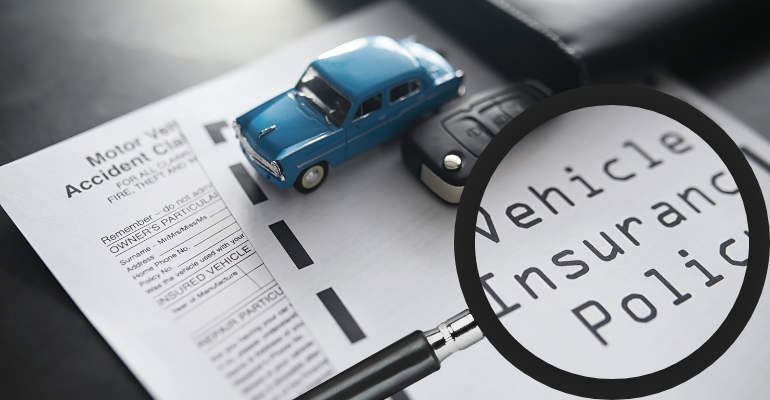If your car is written-off in an accident, you would usually expect your car insurance to pay out enough for you to buy a replacement vehicle, of similar age, make and model as the car you lost.
But some insurance companies are putting unfair terms in the small print of your policy to try and limit the amount they have to pay out on a claim. This has echoes of the payment protection insurance (PPI) scandal – where customers are paying for insurance cover which is likely to leave them short when they really need it.
We look at a few examples of these unfair terms and what the UK Ombudsman has said about them…
1.
The small print: “The maximum amount payable in respect of damage to the vehicle shall be the market value of the vehicle immediately prior to the time of such loss or damage, or your estimate of value of the vehicle as last declared to us, whichever is the lower amount.”
What this means: You may have underestimated how much your vehicle was worth (after all, you’re probably not an expert in valuations). If you gave this figure to your insurer, they will pay out that lower amount, instead of what your vehicle is really worth on the market!
What the UK Ombudsman says: “I can’t see any evidence that this term was brought specifically to Mr A’s attention as part of the sales process. I think it’s fair I say that I’d expect a term like this to be explained to a customer as I think it’s significant enough to mean a customer might change their mind about whether to choose one particular policy over another.
Mr A’s policy is one that would give “market value” at the time the car was stolen. So the use of the term saying “your estimate of value of the vehicle as last declared to us, whichever is the lower amount” wasn’t fair as it only benefitted the insurer. I don’t think the use of this term is fair and I don’t reasonably think it was brought to Mr A’s attention.”[1]
2.
The small print: “We will provide the owner of Your Vehicle with settlement of its Market Value up to the Limit of Coverage after deducting the Excess. You should be aware that We are entitled to provide settlement up to the Limit of Coverage after deducting the applicable Excess(es) in full and final settlement of Your claim for damage to Your Vehicle, even if that value is under-stated”
What this means: The ‘Limit of Coverage’ means that the insurer only has to pay out the amount shown on the Schedule. The Schedule shows the amount that the customer has estimated their vehicle to be worth. So, again, it is a way of the insurer justifying a settlement of less than the market value of the vehicle, by using the customer’s own estimation of their vehicle’s worth against them.
What the UK Ombudsman says: “Although written into the policy terms, I don’t consider that limiting the value of Mr R’s settlement to the amount shown on his schedule leads to a fair answer. I say this because the amount shown was an estimate Mr R gave based on what he thought the value of his van likely was. But I haven’t seen anything to show that Haven explained the importance of this estimate, or that it would be used to set a limit of coverage.
This is a market value policy, not an agreed value policy and applying this term only benefits Haven [the insurer], not Mr R. I say this because where the market value of Mr R’s van is above the estimated value shown on the schedule, the term means Haven only need pay the lower amount. But if the market value had been below that stated on the schedule, again, Haven would only need pay the lower amount. I don’t consider that this delivers a fair or reasonable outcome for Mr R”[2]
3.
The small print: “market value”: “The value of your car at the date loss according to the Glass’s Guide mid book value”
What this means: Glass’s is the name of one trade guide used in the UK to value vehicles. But it is just that: one trade guide only. As valuing cars is not an exact science, it is usually fairer to get several different expert valuations, rather than relying on just one, to establish the vehicle’s true market value. The aim of the settlement should be to give the customer the best possible chance of buying a replacement vehicle of similar age, model and quality; the aim shouldn’t be for the insurer to simply stick with one trade guide they’ve chosen.
What the UK Ombudsman says: “…if Haven wants to give the term ‘market value’ a different meaning, we’d expect this to be highlighted in the policy documents so that when Mr A and Ms W are taking out the policy, they would know from the outset that they were likely to get a lower settlement, if the car was a total loss. This would give them the option of finding a policy where ‘market value’ means just that. I can see nothing in the policy documents, or schedule that flags up Haven’s definition of’ ‘market value’. So, in this particular instance I don’t think it’s fair or reasonable for Haven to rely on the policy terms and conditions to limit the amount it’s willing to pay.”[3]
[1] https://www.financial-ombudsman.org.uk/decision/DRN-4561750.pdf
[2] https://www.financial-ombudsman.org.uk/decision/DRN-3681694.pdf
[3] https://www.financial-ombudsman.org.uk/decision/DRN-3310207.pdf








